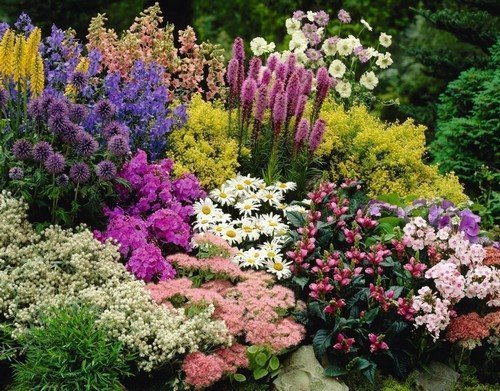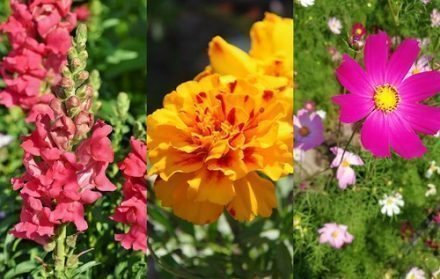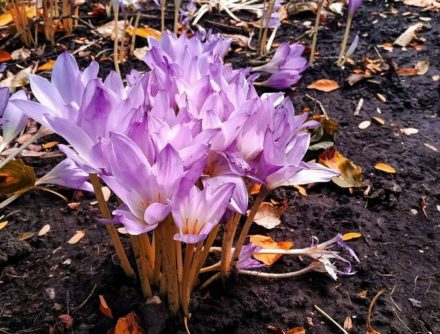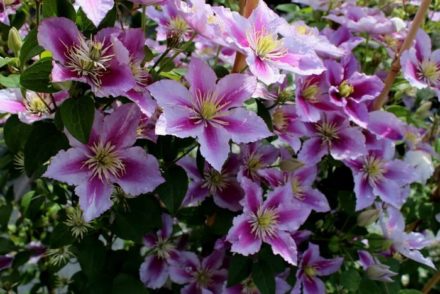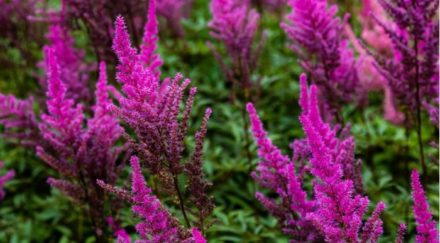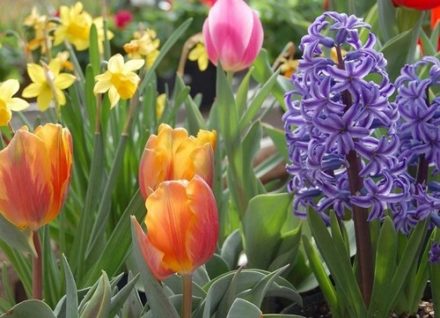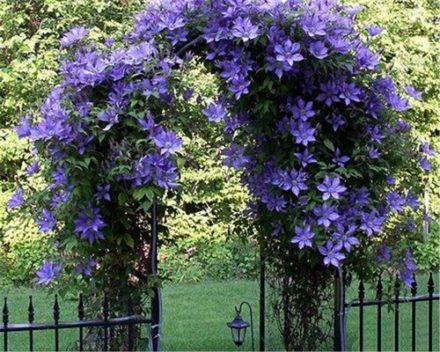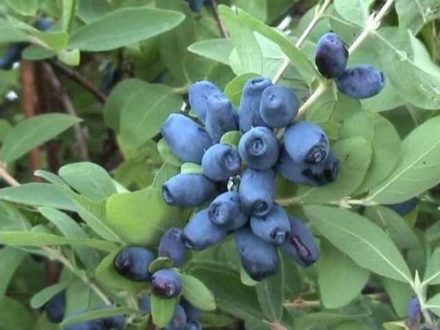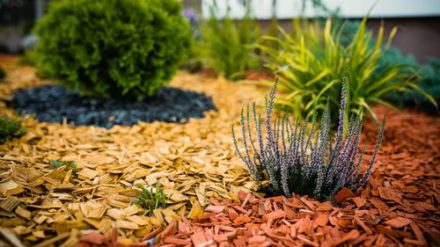Autumn is a good time for planting flowers. The main advantage is that the seedlings will harden, become stronger, more resilient, and will grow denser. The gentle autumn sun promotes the rooting of seeds and roots, winter snow nourishes and protects the plant from frost. All that remains is to choose cold-resistant flower options that will grow densely with the onset of spring.
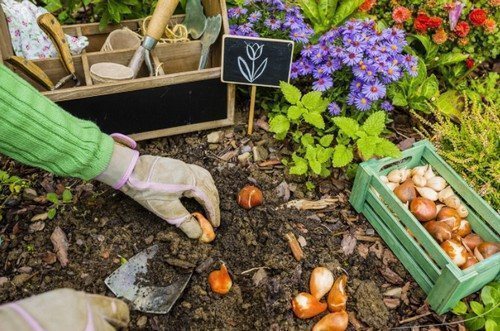
Saffron (crocus)
The most delicate saffron is a plant with bright flowering, which actively occurs from March to May, depending on weather conditions. The bulbs should be planted in sunny areas or in beds with dappled shade. The soil should be airy and thoroughly loosened. Planting should be done in October; bulbs without sprouts and damage are suitable for this. The material can withstand temperatures of -17–19 ℃. Larger specimens should be dug in deeper so that they do not freeze.
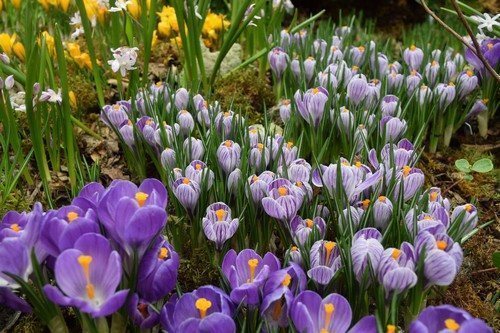
Rose cuttings
In the fall, it is best to plant rooted cuttings and rose seedlings after pruning faded bushes. You will need to cut off the strongest shoots on which there were flowers. Each cutting should have 4–5 internodes. Partially cut off the leaves from the cuttings, plant them on a cushion of soil and sand at an angle of 45 degrees. Cover the planted cuttings with a glass jar from above. Wrap the rose garden with agrospan for the winter. In the spring, remove the agrospan and leave the jars until June, so that the threat of frost passes.

Exotics are nearby: 10 unusual plants that you can plant in your garden
Hyacinths15 flowers that you need to remember to plant in the fall
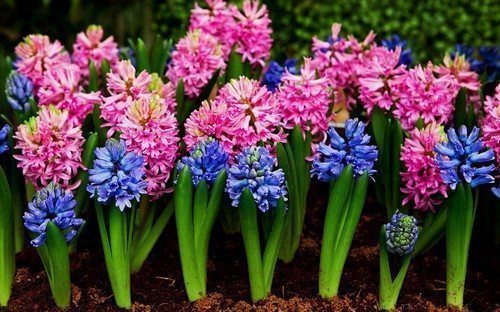
Skip to content
Wash
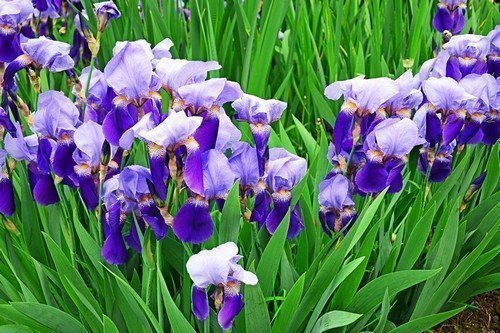
Ironing
Stains
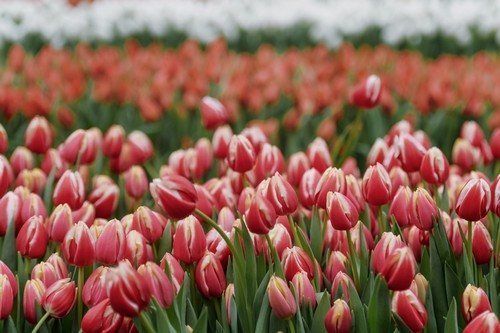
Cleaning
Things
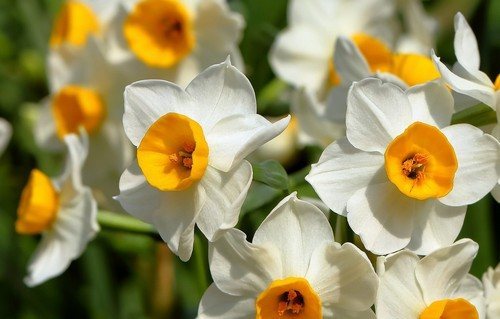
Technique
Storage
Dishes

Interior
Garden
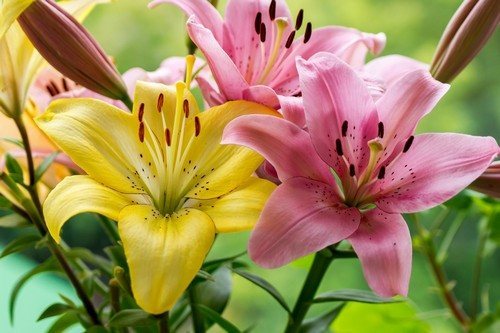
15 flowers that you need to remember to plant in the fall
Autumn is a good time to plant flowers. The main advantage is that the seedlings will be hardened, they will be stronger, more resilient, and they will grow more densely. The gentle autumn sun promotes the rooting of seeds and roots, winter snow nourishes and protects the plant from frost. All that remains is to choose cold-resistant varieties of flowers that will grow thickly with the beginning of spring.

Saffron (crocus)
The most delicate saffron is a plant with bright flowering, which actively blooms from March to May, depending on weather conditions. Bulbs should be planted in sunny areas or in beds with diffuse shade. The soil should be airy and thoroughly loosened. Planting should be done in October; bulbs without sprouts or damage are suitable for this. The material can withstand temperatures of -17–19 ℃. Larger specimens need to be buried deeper to avoid freezing.

Rose cuttings
In autumn, it is best to plant rooted cuttings and rose seedlings after pruning faded bushes. You will need to cut off the strongest shoots that had flowers. Any cutting should have 4–5 internodes. Partially cut off the leaves from the cuttings and plant them on a bed of soil and sand at an angle of 45 degrees. Cover the planted cuttings on top with a glass jar. Wrap the rose garden in agrospan for winter. In the spring, remove the agrospan and leave the jars until June so that the threat of frost passes.
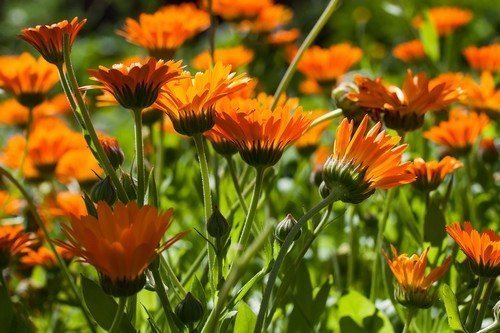
Exotics are nearby: 10 not quite ordinary plants that you can plant in your garden
Hyacinths
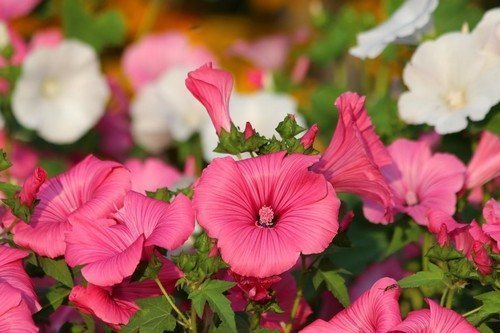
Irises
It is better to start planting velvety colored irises from the end of August. The plants should put down strong roots in a new flowerbed, but not freeze. You can also start the planting process immediately after the end of the flowering period.

Tulip
The king of spring flowerbeds is a bulbous tulip of any color, shade and petal shape you choose. Plant in drained, loose soil by mid-September at a temperature of +7–10 ℃. The tulip begins to bloom actively in April - May. Tulips should be planted with a distance of 10 cm between specimens, and 25 cm between rows. It is permissible to place different varieties of tulips with different flowering periods on a flowerbed.
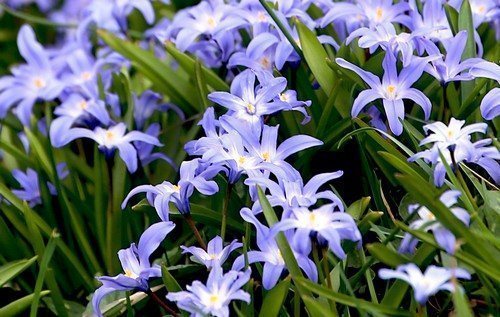
A perennial delicate flower has white and cream petals and a sweet aroma. The bulbs should be immersed in the soil in early autumn so that the bulb adapts and takes root. Dig a hole equal in size to three bulbs placed one on top of the other. If there is no rain for a week after planting, moderate watering is necessary, and in the fall it is better to apply phosphorus-potassium fertilizer.
4 common types of garden violets that will become an indispensable decoration of a flowerbed

Annual aster


